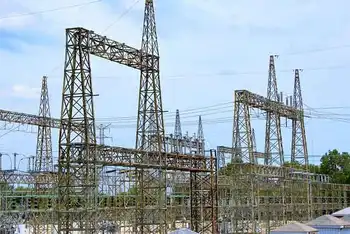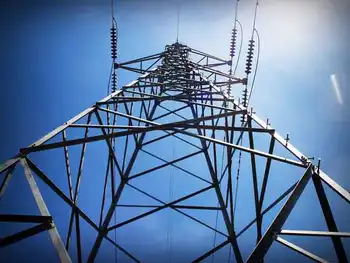New coal ash rules could affect Gibson
The agency began a month-long series of public hearings on the handling of coal ash — the material that remains after coal is burned to create electricity — and could determine by the end of the year whether it should be treated as a hazardous waste.
Environmental groups, led by the Environmental Integrity Project, are advocating for strict new protections. Electric utilities, meanwhile, essentially agree that additional regulation is necessary but hope the EPA doesn't define coal ash as hazardous waste, a determination that could increase operating costs.
Two proposals are under consideration.
The one supported by environmental groups would designate coal ash as a special waste, which would place it in the category of a hazardous substance.
The proposal supported by industry groups would regulate the residue as a nonhazardous material that could be stored only in ponds with special liners. The federal government would have no real regulatory power, and enforcement would be handled through citizen lawsuits.
"Nonhazardous waste regulation will ensure that coal ash is managed safely, while also protecting human health and the environment, jobs and electricity consumers,'' the Utility Solid Waste Activities Group, an industry organization, said in a statement.
"EPA's other option — to regulate coal ash as a hazardous waste — would impose staggering costs on power plant operations, causing electricity costs to increase and threatening electric reliability."
Lyndsay Moseley, federal policy representative of the Sierra Club, an environmental organization, said the federal government can no longer afford to ignore the issue.
"The only real solution is for the EPA to adopt federally enforceable protections as part of its push to improve public health,'' she said. "We're talking about people's lives here."
The coal ash issue was raised recently in a pair of reports from the Environmental Integrity Project and Earthjustice that identified 70 sites, including the Gibson plant, that are contaminating nearby water sources with high levels of arsenic, boron and selenium, based on state-provided data.
Coal ash pollution poses a serious health risk. People living near unlined coal ash ponds have a one-in-50 risk of cancer — more than 2,000 times higher than the federal EPA considers acceptable.
Toxins found in coal ash have been linked to organ disease, respiratory illness, neurological damages and developmental problems, according to Earthjustice.
According to the Environmental Integrity Project, the coal ash produced by the Gibson Generating Station is sluiced into on-site impoundments that are not lined.
The initial Environmental Integrity Project report issued in February, "Out of Control: Mounting Damages from Coal Ash Waste Sites,'' said an analysis of state pollution data shows coal fly ash and bottom ash are contaminating off-site surface and groundwater and affecting aquatic life near the Gibson plant.
Boron contamination has reached the nearby community of East Mount Carmel and selenium, discharged from the cooling lake that receives water from the plant's ash ponds, has contaminated fish and aquatic invertebrates in the Cane Ridge Wildlife Management Area.
Selenium in Gibson Lake fish has risen to levels resulting in a fishing ban, according to the report.
Exposure to large amounts of boron over short periods, according to the report, can eventually lead to death. Arsenic discovered at the site is a known carcinogen.
The Gibson plant, operated by Duke Energy of Charlotte, N.C., is one of the nation's largest, producing about 2 million tons of ash and scrubber waste every year.
Duke is undertaking a project to keep the fly ash dry so it can be disposed of in a 377-acre state-of-the-art landfill with a synthetic lining over an additional layer of clay and sand to capture any liquid waste that might seep out.
The transition will be complete by 2013.
Duke supplies and delivers electricity to about 4 million U.S. customers. The company has about 35,000 net megawatts of electric generating capacity in the Midwest and the Carolinas.
Related News

UK EV Drivers Demand Fairer Vehicle Taxes
ENGLAND - As the UK continues its push towards a greener future with increased adoption of electric vehicles (EVs), a growing number of electric car drivers are voicing their frustration over the current tax system. The debate centers around the per-mile vehicle taxes that are being proposed and implemented, which many argue are unfairly burdensome on EV owners. This issue has sparked a broader campaign advocating for a more equitable approach to vehicle taxation, one that reflects the evolving landscape of transportation and environmental policy.
Rising Costs for Electric Car Owners
Electric vehicles have been hailed as a crucial component…





